Publications
Reports
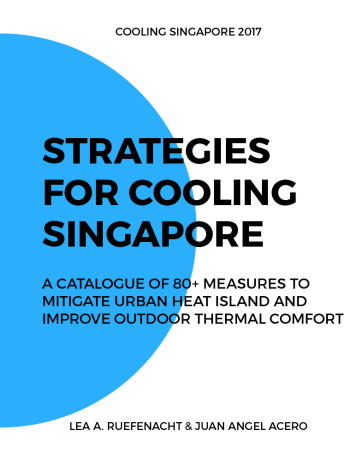
Strategies for Cooling Singapore (PDF, 15.1 MB)
The catalogue contains 86 strategies and measures for mitigating the Urban Heat Island (UHI) effect and/or for improving Outdoor Thermal Comfort (OTC). These are grouped into seven clusters: vegetation, urban geometry, water features and bodies, materials and surfaces, shading, transport, and energy.
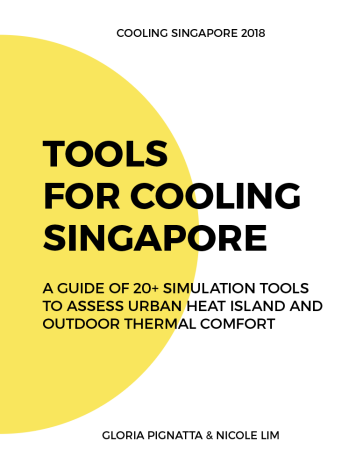
Tools for Cooling Singapore (PDF, 13.7 MB)
The guide provides a description of 24 simulation tools able to assess the impact of different strategies in reducing Urban Heat Island (UHI) and improving Outdoor Thermal Comfort (OTC) in Singapore and similar local contexts. The tools are grouped into three categories: microscale tools, mesoscale tools, and supporting tools.
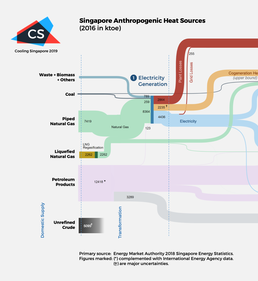
Anthropogenic Heat Sources in Singapore (PDF, 1.5 MB)
The report describes the sources of anthropogenic heat (AH) in Singapore for the year 2016. The objective of this report is two-fold. First, to deliver a Sankey diagram of the main sources of AH in Singapore. Second, to explain all the definitions, assumptions, methods and outstanding uncertainties.
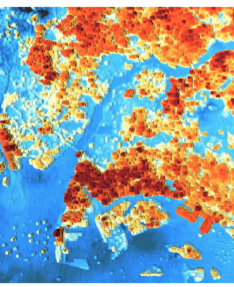
Surface Urban Heat Island (S-UHI) investigations using remote sensing (PDF, 2.5 MB)
This report describes the mesoscale Urban Heat Island (UHI) assessment through remote sensing. This includes the calculation of the surface temperature for Singapore via satellite based remote sensing data to map temporal changes of the Surface UHI (S-UHI) over the last decades.
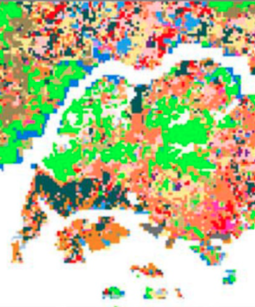
Frequently asked questions of the Weather Research Forecasting (WRF) model (PDF, 930 KB)
This annex report documents the first workshop series on the Weather Research Forecasting model (WRF) held by experts of the Cooling Singapore project. The objective of the workshop series was to address technical questions for the next thematic areas: 1. General aspects of WRF, 2. Approach to Anthropogenic Heat modelling in WRF, and 3. Approach to Local Climate Zones modelling in WRF.
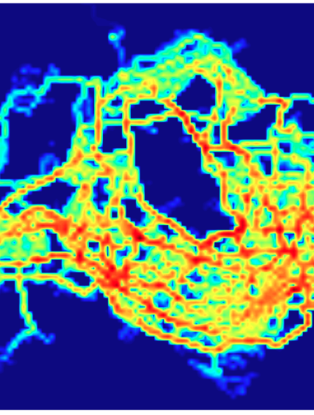
This report describes the heat mitigation potential on a city-scale of electrification and automation of the road transport sector. This includes the examination of spatio-temporal prole of the heat emissions due to road transport for a typical day as well as the evaluation of the temporal energy demand and heat released associated with the electrification of transport.
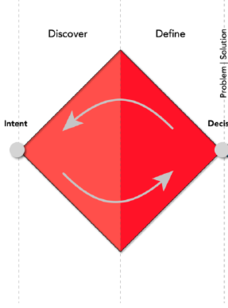
User research: decision support system interface development through personas (PDF, 3.2 MB)
This report summarises the research done on personas for the Decision Support System (DSS) interface development. The DSS is a platform that allows planners to assess cooling strategies in a systematic and interactive way. Three main personas were identified from quantitative research gathered through an online survey, qualitative evidence of recorded usability tests, and single ease question interviews.
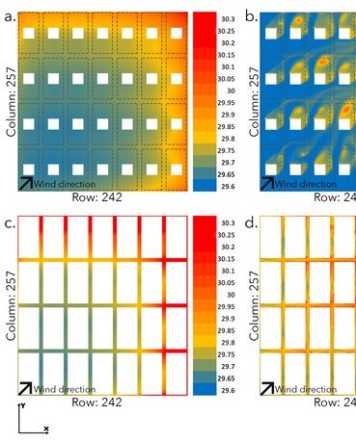
Tool comparison for urban microclimate modelling: ENVI-met and ANSYS Fluent (PDF, 5.2 MB)
This report explains the need of using various Computational Fluid Dynamics (CFD) tools (ENVI-met and ANSYS Fluent) to model outdoor thermal comfort (OTC) performance of various heat mitigation strategies. This report provides a systematic comparison of the outputs generated from different tools. The exploratory framework for comparison is explained in detail, including meshing methods, simulation parameters, post-processing and statistical analysis.
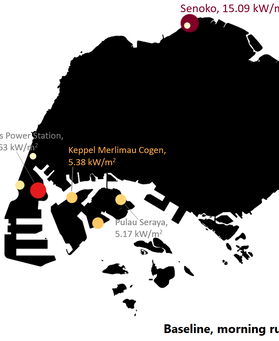
This report describes the anthropogenic heat emissions of Singapore’s power generation sector and the potential future emissions with electromobility across the island. It includes a power plant dispatch model to downscale the total heat released by the power sector in 2016. The model is capable of calculating the dispatch, fuel consumption, cogeneration heat, and waste heat streams of each plant.
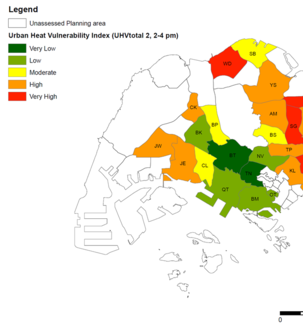
Urban heat vulnerability analysis for Singapore (PDF, 9.2 MB)
This report describes the urban heat vulnerability (UHV) analysis conducted for Singapore. Indicators were identified, then normalised and given equal weight to form additive index of physical exposure, sensitivity and adaptive capacity. The spatial distribution of vulnerability in Singapore was examined for both the warmest period of the day and for the coolest hour of the day. The areas with the highest UHV were defined as risk areas or hotspots.
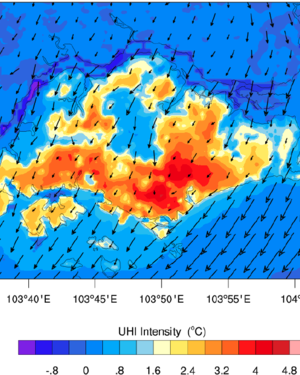
This report documents the technical workflow and code modificiations of the Weather Research and Forecasting (WRF) model. It covers major aspects of the WRF modelling with the Multilayer Urban Canopy Model and by utilising the Building Effect Parametrisation and Building Energy Model. This model has been applied to perform the Urban Heat Island (UHI) analysis for Singapore.
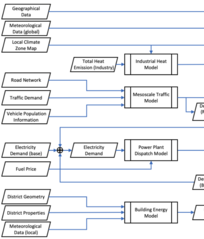
System analysis of mesoscale and microscale urban climate simulation workflows (PDF, 13.8 MB)
This report represents a systematic analysis of the tools for modelling, simulation, data processing and analysis used to evaluate measures to mitigate urban heat. Some of these tools are off-the-shelf software, while others are third-party open-source modified software, or software that has been developed in-house. The tools overview provides a workflow of all principal components and their inputs and output data, for both mesoscale and microscale urban climate analysis.
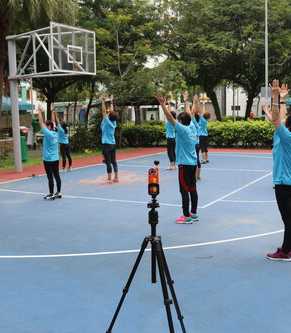
This report describes the results of a field experiment with older adults to examine their cognitive performance in outdoor environments. The cognitive performance was evaluated when older adults performed physical and sedentary outdoor activities in residential and commercial areas at different times of the day. The results show that low outdoor thermal comfort has a negative impact on older adults’ cognitive performance.
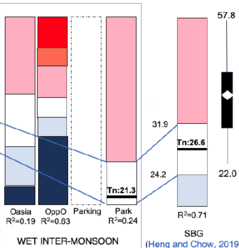
Outdoor thermal comfort acceptability calibration (PDF, 2.6 MB)
This report presents the outcome of the biometeorological campaigns aiming to calibrate the Physiological Equivalent Temperature (PET) heat stress index locally against individual thermal perception. The study also aspired to determine whenever differences in individual thermal sensitivity exist between a commercial and a residential area, and a fortiori a pocket urban park. The results revealed a significant seasonality in the individual thermal sensitivity and high spatial variations that are recommended to be taken into account when assessing outdoor thermal comfort performance.

Overview of urban heat island and outdoor thermal comfort indices (PDF, 2 MB)
This report provides a historical overview of the urban heat research, and definitions to tackle the urban heat phenomenon. It includes considerations of the four atmospheric layers to describe the spatial and temporal characteristics of urban heat. The report also describes the variables that govern the human energy balance, the options to assess thermal comfort, and the most commonly used thermal indices.
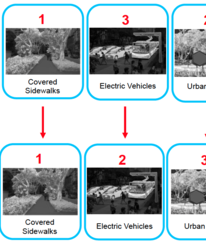
This report describes Singaporeans and Permanent Residents’ Willingness To Pay (WTP) for different heat mitigation measures, and their ranking of implementation preference. The results suggest that even though people residing in Punggol and CBD prefer the implementation of vegetation measures, they are willing to contribute considerable amounts of their income towards the implementation of new technologies in Singapore. Also, the annual mean WTP value for the mitigation measures of residents living in Punggol and CBD is estimated at SGD38.893 million and SGD63.922 million, respectively.
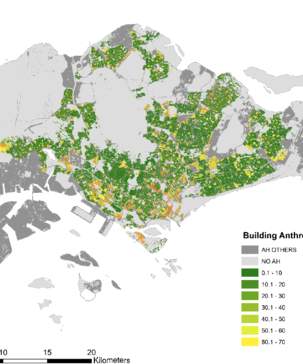
Building anthropogenic heat flux in Singapore (PDF, 2.8 MB)
This report describes the direct contribution of buildings to anthropogenic heat emissions across Singapore, highlighting the hotspots across the island. It assess the energy consumption of buildings in Singapore across diverse building typologies and local climate zones. The analysis of Energy Use Intensity (EUI) reveals that commercial buildings can be four to five times more energy intensive than public and private housing.
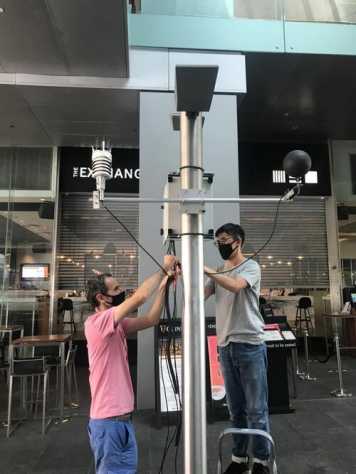
This report presents the outcome of outdoor thermal comfort (OTC) measurement campaigns carried out in different urban areas of Singapore. It quantifies the impact of different urban strategies on the local urban climate and OTC. The analysis has shown that vegetation can improve the OTC up to 8°C PET during the afternoon hours, while high-rise buildings can reduce the OTC up to 12°C PET. Also, semi-outdoor spaces (e.g., the elevated podium at Asia Square) registered up to 9°C lower PET than open urban areas.
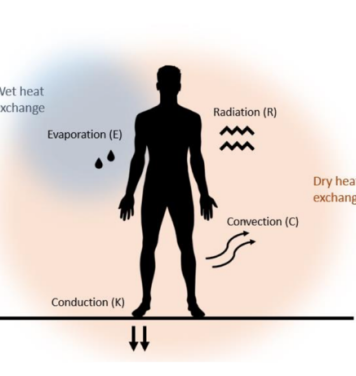
This report provides definitions and descriptions of the main atmospheric moisture variables and their proper application. It also explains the human heat balance and how it is achieved through physiological body systems. The report presents an overview of scientific studies to date exploring how warm and humid conditions affect human physiology and heat perceptions depending on the activity levels and demographic characteristics.
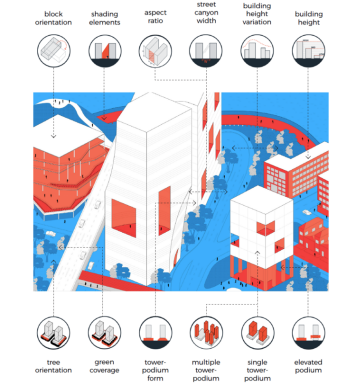
This report presents the potential contribution of climate-responsive design guidelines towards the development of a comfortable microclimate for pedestrians. The guidelines are tailored to the tropical climate, and more specific, to the southern shore area of Singapore. The guidelines are based on a comprehensive assessment of the outdoor thermal comfort (OTC) of various urban design strategies.
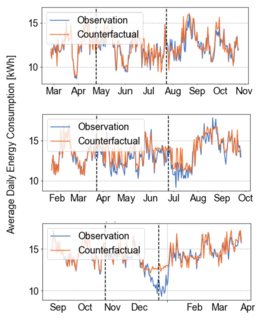
This report presents an ensemble time-series model for the analysis of energy conservation strategies in households in Singapore. The ensemble time-series model aims to estimate a Bayesian Synthetic Control Group (BSCG), which simulates the energy consumption of a household should an energy conservation strategy not had taken place.
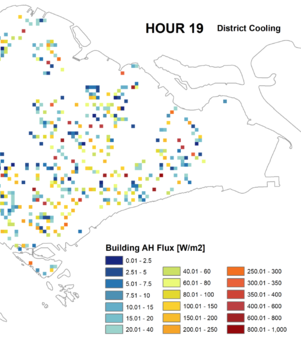
Potential of District Cooling in Singapore: From Micro to Mesoscale (PDF, 84.24 MB)
This work discusses the economic and environmental viability of district cooling for 41 sample districts across Singapore. The sample results are aggregated by district type and extended using machine learning to establish a city-wide business as usual and district cooling scenario.
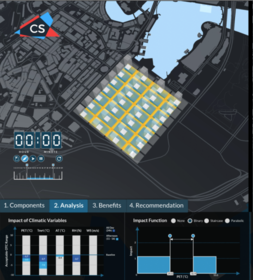
Decision Support System: User research, usability analysis and computational build (PDF, 13.08 MB)
This report summarises the research and usability tests done for the ‘Decision Support System’ (DSS) interface. The DSS platform allows users to assess urban design scenarios in a systematic and interactive way. It not only visualizes data input, but also facilitates data analysis, multiple comparisons and accord recommendations based on selections set by the user.